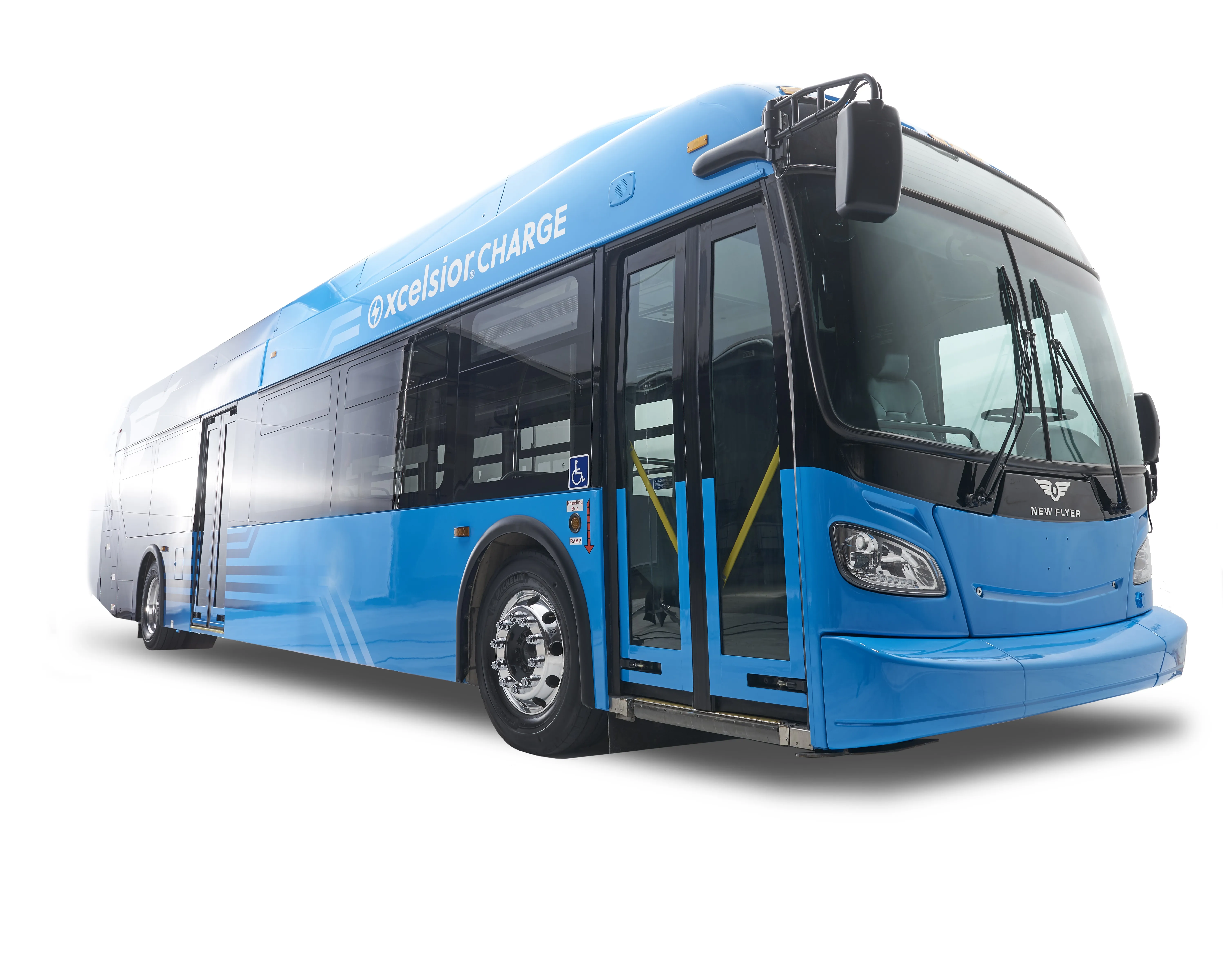Johan Scholliers, project manager at VTT, says the technology will also help reduce congestion in parking areas.
Marilyn utilises
The driver parks the car through an app that reserves a parking space. A parking guidance system confirms whether the space is free and detects potential problems using traffic cameras connected to an open IoT platform – which in turn transmits route information to the vehicle.
VTT’s trial is part of the Autopilot project’s investigation of the potential for IoT-automated driving. The initiative is funded by the European Commission and is also operational in Italy, the Netherlands, France, Spain and South Korea.
VTT’s robot car parks autonomously
VTT Technical Research Centre of Finland’s robot car Marilyn is parking autonomously - 100m away from its driver. The trial in Tampere uses the Internet of Things (IoT) and is expected to allow vehicles to park closer together without fear of collisions at airports and shopping centres. Johan Scholliers, project manager at VTT, says the technology will also help reduce congestion in parking areas.
June 25, 2018
Read time: 2 mins










